I sincerely hope my old English teacher is not going to see this. Sorry, Mr. Rose, I did my very best. Text on demand from across the pond.
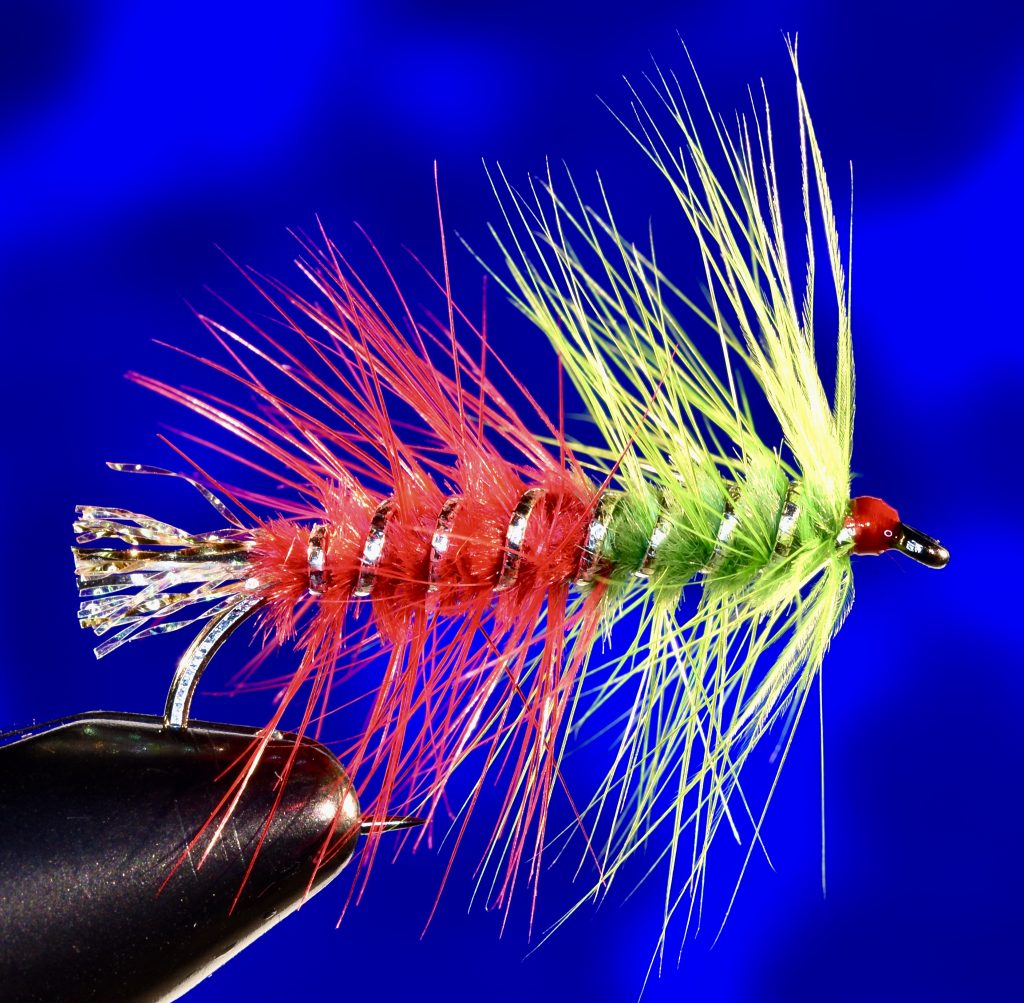
Punker. Hook: streamer 4 to 8; thread: red; tail: stub of lureflash; ribbing: oval silver; body: chenille, red and green 50/50; hackle: saddle, green over green and red over red.
On his first trip ever to Germany an American friend of mine came with his wife and two kids and household as well, because being an Airforce Colonel on duty in Germany, they were going to live in a small township between Wiesbaden and Ramstein. When they flew in and stepped out of the airport, both kids were instantly disappointed, because every cab was a Mercedes. They don’t come in yellow over here, but in a rather shabby beige. More modern ones are black. Seeing an assumed luxury car driving around as a cab was kind of a shock, only to learn later that a German taxi will last for up to one million kilometers and more, the record being 4,6 millions, making Mercedes the cheapest brand in the long run. German products and the known Made in Germany sign are of course world famous, but Germany is not famous for flyfishing. It is a fact that the land of the brown trout, sometimes still called the German trout, is a dwarf on the map of flyfishing. We do have some good reel makers, though. Some, like me, not for money.
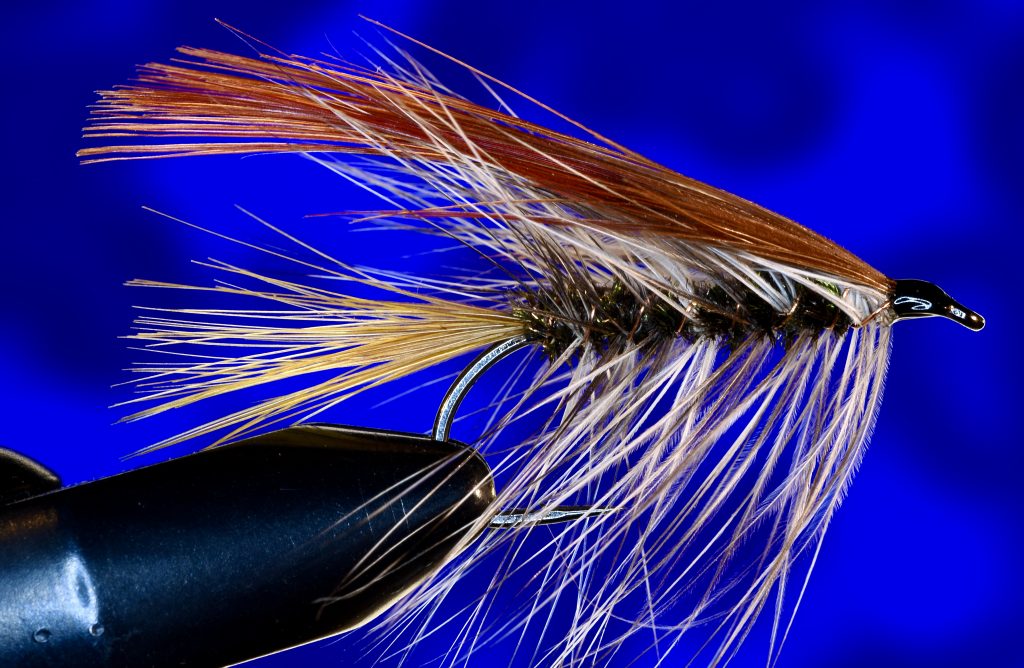
Rentner. Hook: streamer 4 to 8; thread, black; tail: gold pheasant, yellow body feather; ribbing: copper wire; body: peacock herl; hackle: saddle, grizzly; wing: gold pheasant, red body feather.
There was and is no world famous fly fisherman and writer, not one at all. And even if there was, we have to remember that Austrian Hans Gebetsroither is best known for the Belgian cast in the US, because someone got it wrong in the beginning and from there it stuck. So having your footprint on the map of flyfishing is almost impossible, and only tiny, tiny dots might be seen. But we share the Baltic Sea with Denmark, Sweden, Finland, Russia, Estonia, Latvia, Lithuania and Poland, and Baltic beaches are famous for sea trout. They grow up to 15 kilos, which means 33 pounds, and the average fish is about 4 pounds. A sea trout is more or less a brown trout living in the sea and spawning in rivers, but the sea trout has not deserted the river, the brown trout has deserted the sea. So to be read in science magazines. Salmo trutta was a sea fish first. But many browns don’t seem to care and live happily in Bavaria, where even Skues went to fish for trout.
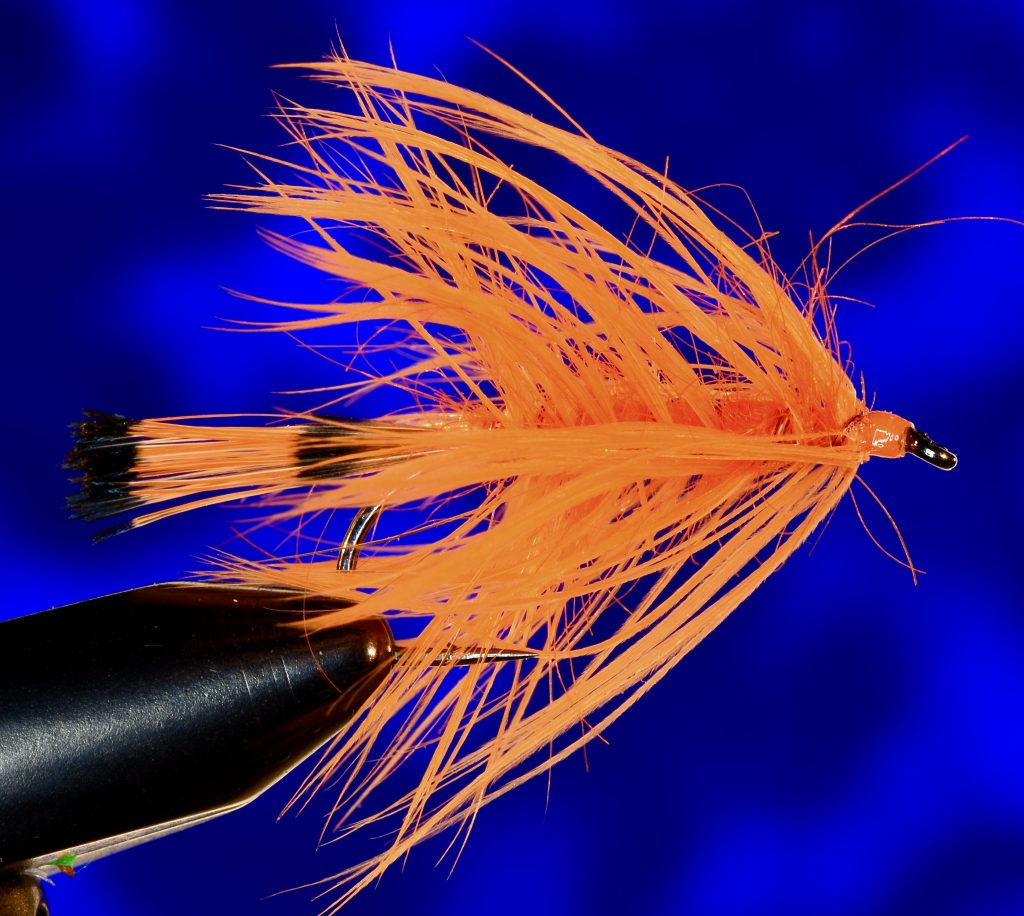
Pfannenfüller. Hook: streamer 4 to 8; thread: orange; tail: gold pheasant, tippet fibers; ribbing: oval gold; body: dubbing, orange; hackle: saddle, orange, long fibered.
Many rivers and lakes in Germany have a healthy population of rainbow trout and there is no reason to feel sorry for us, if you, for example, live in Manhattan. In case you live in Yellowstone, please feel sorry. We get along, there is some fish around. Germany is kind of encircled by better known flyfishing nations like the Netherlands, Belgium, Denmark, Poland, Czechoslovakia, Austria and Switzerland, famously known for the Klinkhamer, the Universelle, the Karup A, polish nymphing, czech nymphing, the Traun River and CDC. We are known for wurst and sauerkraut, and this article is not going to change that, because I will present here some down to earth sea trout flies from our shores. Seatrout fishing was done for a long time before the fly people came in, and many big trout were caught in winter spinning for cod. In the 70s it was still a secret to take a fly rod to the beaches, but in the 80s the magazines started to shine a light on it. “Flugfiske i Norden” from Sweden ran some important articles, and the fishing went into fast grow modus. Very fast grow. Due to the fact that “Flugfiske” had subscribers in Germany, I was one, the information was duly received. The fishing is popular now for some forty plus years, and of course we have some flies to show.
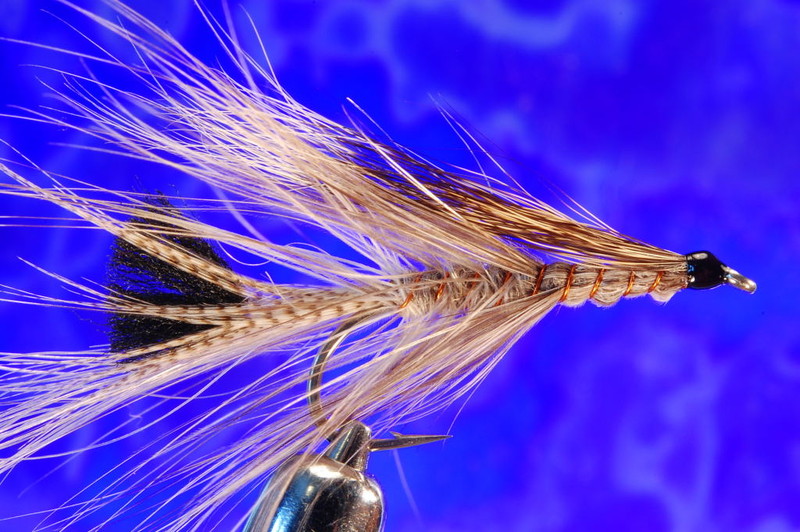
Seepferdchen. Hook: streamer 4 to 8; thread: black; tail: mixed hair, two strands flashabou, spey cock fibers, mallard fibers short; black spot: antron, knotet to nylon; ribbing: copper wire, first half between the fibers, than over; hackle: saddle, grizzly; body: dubbing, grey; wing: squirrel, grey.
Made in Germany, I have to say, or made famous in Germany, because some are of foreign birth, but with funny German names you might like. The “Punker” is a fly known for four decades and was invented by a flyfisherman from Flensburg, who gave it to writer Hans Steinfort while both of them fished the Tay, and he wrote about it and made it popular. It is more or less a “Woolly Worm” with two colors, and somewhat tricky to tie if you want it perfect with no bumps and lumps. A very good pattern when the bristleworms mate, usually in march or april, when the Baltic water is up to 46,4 degrees. The “Pfannenfüller”, translated the “Pan Filler”, was made popular by German “FliegenFischen” magazine editor Michael Werner, is essentially an “Orange Palmer” and of Scottish origin, but out of proportion with a long hackle and very popular on the coast in autumn and winter. The “Rentner”, translated the “Pensioner”, is of Danish origin and was given by a Danish flyfisher to a German flyfisher, who gave it to the former editor of “FliegenFischen” Bernd Kuleisa, who published it and made it famous. The “Sea Horse”, the “Seepferdchen”, was invented by Ingo Karwath, also, as you might guess, a former editor, who wanted to mimic a shrimp that has caught something. So he took the parasol idea from a parasol nymph and invented his fly. The “Isolde” was invented by a flyfisher from Kiel, and his first name is Tristan, what else, family name Münz. A very popular fly for fast fishing. Same the “Samsø Killer”, invented by Bernd Ziesche, a very long fly looking like a bonefish worm fly, but it will never tail in and is famous for being hit until the strip strike gets solid. That makes six flies from the coast, and of course all the goodies from Denmark, Sweden and Finland are well known and fished in Germany. Our tying seems to be very basic and earthy, no fancy flashy-flashy, and I begin to think that these flies might represent our tying mentality much better than I thought before I started writing this piece. But who am I to prejudice my own doing. That might be up for others to do.

Samsœ Killer. Hook: streamer 2 to 6; thread: black; tail: fox, brown, tied to 0,60 nylon; second tail: fox hair, veiling the nylon; ribbing: copper wire; eye: black dumbbell in the middle and a lot of weight in front; hackle: saddle, brown.
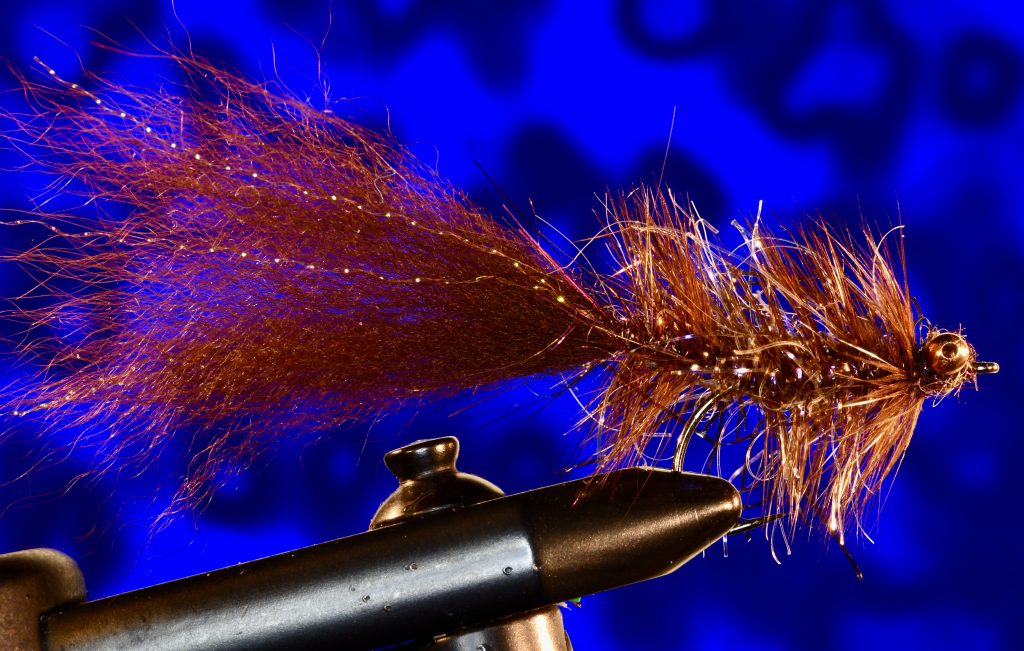
Isolde. Hook: streamer 2 to 8; thread: brown; tail: fox, brown and three strands of flash tyed with some brown dubbing and hackle to a hookless extension, sitting in a nylon loop; ribbing: copper wire; body: sparkle chenille, brown; hackle: saddle, brown; eyes: dumbbell, copper, covered with brown dubbing.
Dr. Ingo Karwath is a former editor of “FliegenFischen” magazine and has written books about fly fishing. He is a retired teacher and historian, bamboo rod builder and reel maker with almost fifty years of flyfishing and tying under his belt.
Ingo Karwath
